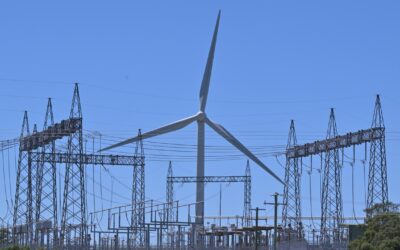Sorry, that’s old news…
You’ve found an older news story. We delete stories from our AAP News Feed after two months. But fear not, here’s today’s news!

A project to deliver the nation's only indoor snow resort is about to begin its long journey to completion, after ...

Thousands of Kiwis have flocked to the opening of New Zealand's first IKEA store and the retailer's most distant ...

An order for all smartphones sold in India to have a state-run cybersecurity app that cannot be deleted has been ...

Renewables are anticipated to keep a lid on electricity prices over the next five years but a speedier transition ...

The housing market strongly rebounded in 2025 as interest rate cuts, easing inflation and limited supply fired up ...

More Australians are complaining about being locked out of digital accounts or overcharged online, but no ...

Despite a pick-up in domestic demand, fragile household spending will keep the Reserve Bank cautious about raising ...

Australia will provide a fresh $95 million package of support for Ukraine, while slapping further sanctions on ...
No results found.
Background image courtesy victoriancollections.net.au